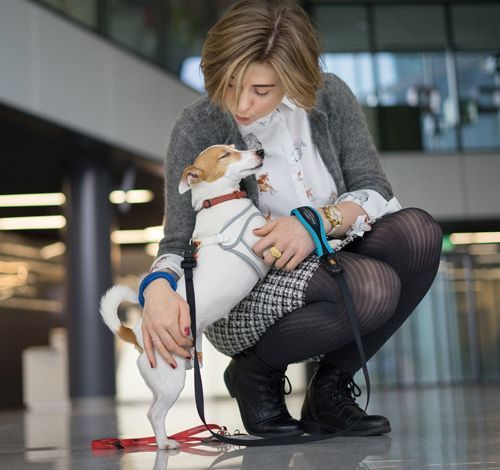There are at least two ways you can do this. The first is to quietly bring the dog in. Perhaps no one will notice. But even if we are talking about quite a small breed, it’s going to be noticed eventually. “Bringing animals into the office has to be officially organised, carried out methodically, and so some thought has to go into how it’s done,” argues Sybilla Berwid- Wójtowicz, a doctor in veterinary sciences and lecturer in animal psychology at the Warsaw University of Life Sciences, and who also works for Nestlé Purina Polska. “In many companies employees can bring their dogs only with the tacit consent of their colleagues and sometimes the boss will indulge it... and then everything goes well until there’s problem – say, the dog bites someone, destroys something or somebody simply doesn’t like it,” she explains.
Pet food producer Nestlé Purina runs the ‘Pets at Work’ programme, which allows pets to a































































